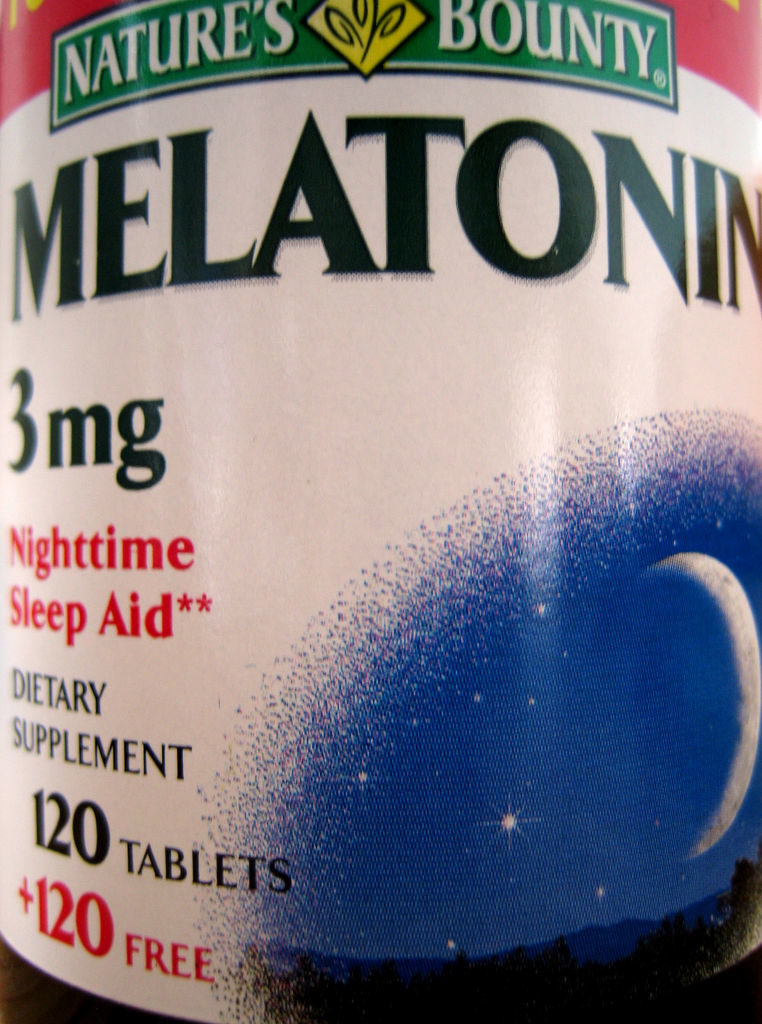Cancer patients who undergo radiation therapy sometimes suffer from gastrointestinal side effects that can be quite severe, leading to ulcers and and bleeding. The problem is unfortunately common, and there are no established ways of preventing it. The intestines, according to a paper published in the journal PLOS in April, are particularly at risk for radiation side effects. Radiation targets cells that divide quickly. Cancer cells divide much more quickly than healthy cells. However, intestinal cells are an exception because they also divide and slough off quickly and become casualties in the battle for the patient’s health.
An over-the-counter hormone supplement called melatonin, typically made from animal pineal glands or synthesized in a laboratory, was tested in the present study to see if it would be able to protect the intestines of rats treated with radiation. Melatonin is best known for it’s use as a “natural sleep aid” but the authors of the paper explain that it also has antioxidant properties. An antioxidant is a molecule that protects cells from damage. Watch this Sciworthy video to learn more about antioxidants. The study authors propose that melatonin may be useful as a preventative treatment for intestinal damage during cancer treatment.
Researchers tested their hypothesis by dividing 12 adult rats into 3 groups of 4. One group received radiation treatment with a melatonin gel, one group received radiation treatment and a plain gel with no melatonin, and the third group received no treatment and no radiation. This allowed the scientists to see if the rats treated with melatonin looked more like the healthy rats, or more like the unprotected rats.
The results showed healthier intestinal cells in the rats treated with the melatonin gel compared to the unprotected rats. While encouraging, the results of this study should not be taken out of context, as it is difficult to know how a study in rats will translate to human physiology without further testing. For example, the amount of radiation received by the rats and the amount of melatonin for the rat’s body weight might not be comparable to what a human would receive, and the authors of the study did not provide such a scale. The rats in the study received 7.5 Gy of radiation per day for 5 days in a row. A “Gy” is a unit of measure for radiation treatment, which stands for “Grays.” 7.5 Grays of radiation is a small amount — equivalent to the energy of one 60W incandescent light bulb. Typical cancer treatments are roughly ten times that amount for a human, but a human is several hundred times the weight of a rat. It is also unclear how the amount of melatonin in the gel used on the rats would relate to the dose of melatonin that would be appropriate for a human.
Scientific studies on rats are crucial to know if a treatment is effective in a living body. This is the first time melatonin gel has been tested on living tissue for this purpose. However, these rat studies do not guarantee that an effective treatment for rats will work on humans. Fortunately, the authors of the paper explain that drug trials in humans are currently underway, testing melatonin gel as a protective agent for the intestines of head and neck cancer patients.
Studies like this rat experiment are small but important pieces of a larger conversation among scientists for how best to treat patients suffering from cancer and improve their quality of life during treatment. Due to the ease of access and cost of melatonin, if the experiments on humans are successful, this would be a promising and affordable option for those patients suffering from gastrointestinal complications from radiation therapy.


